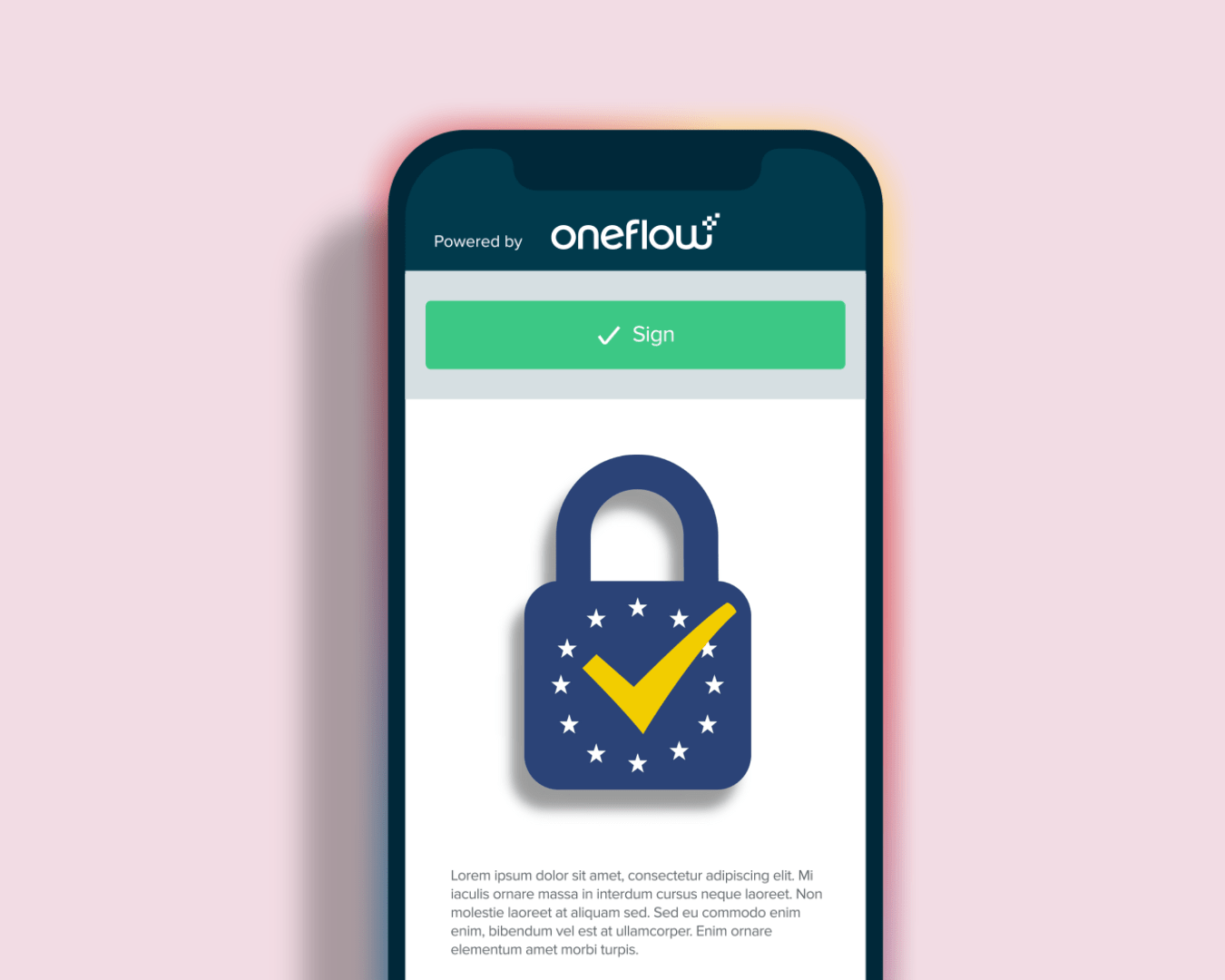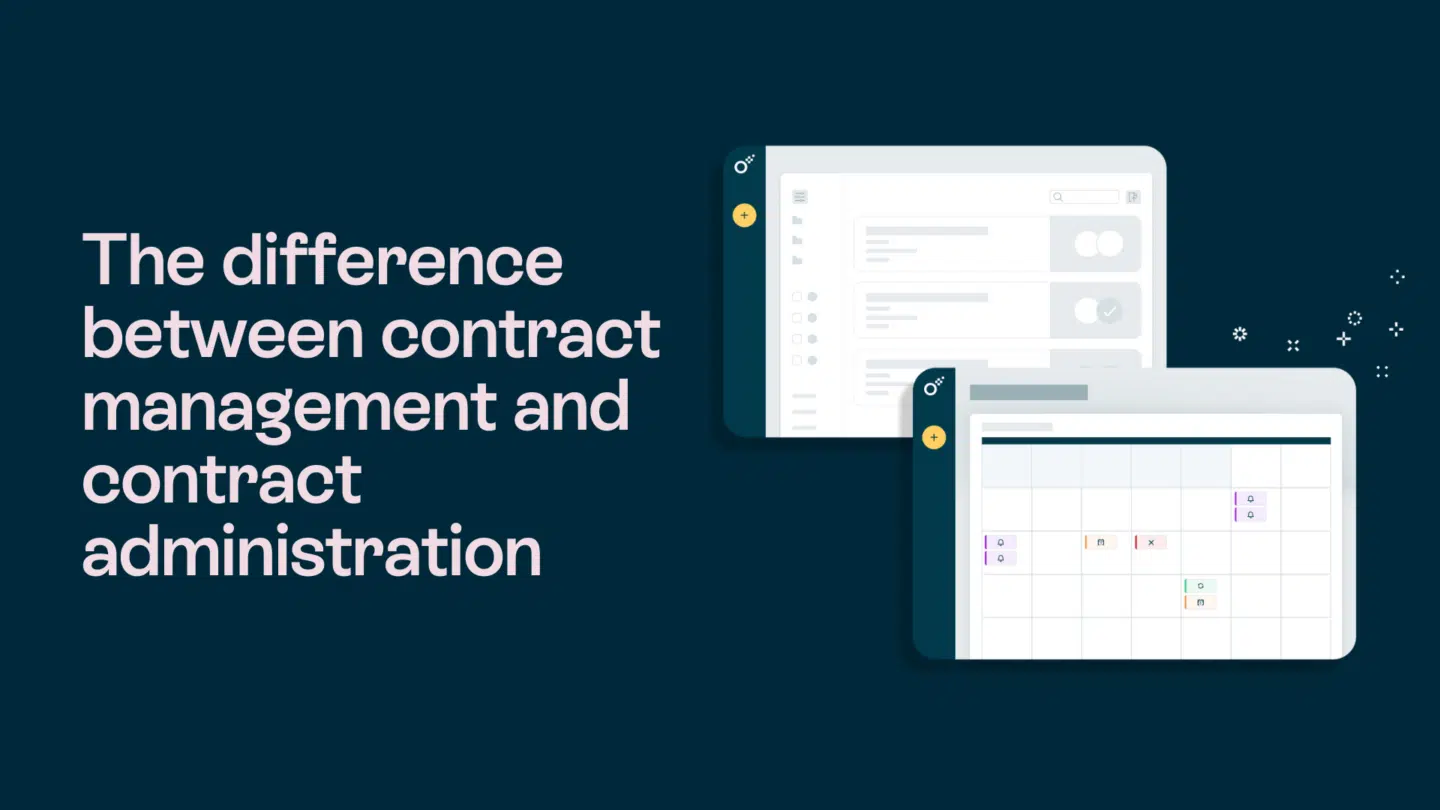What grabs attention faster? a ringing phone or a well-crafted email?
While both are important pillars of cold outreach, their effectiveness depends on how well they align with your business goals. With evolving customer preferences, credibility issues, and personalization expectations, what worked before might not work today.
Creating tailored experiences for prospects is essential for salespeople, but finalizing the approach feels like standing at a crossroads. The two roads imply:
- Calling a prospect out of nowhere might feel disruptive
- Emails have a high probability of getting lost in crowded inboxes
In this blog, we will talk about the key aspects of cold calling and cold emailing to help you choose the right strategy for your business. Let’s dive in!
Understanding cold emailing and cold calling
Before digging deep into which outreach method works well for your business, let’s understand each method closely.
Cold emailing
A cold email is an email sent to a prospect having no prior relationship with you or your business. Cold emailing is meant to pique interest, introduce your products or services, or to start a professional relationship.
The key aspects of cold emails include:
- Audience research: Before crafting the email, you must have a clear understanding of your audience’s preferences and needs.
- Subject lines: 64% of recipients open an email based on subject lines. Short, engaging, and personalized subject lines increase open rates.
- Tone and style: Be formal yet friendly so the audience connects with you. Mirror their style of communication while preserving your brand voice.
- Follow-ups: Follow-up emails reinforce your message, ensuring you don’t get lost in the shuffle.
Cold calling
Cold calling is one of the oldest forms of telemarketing, where potential leads are directly contacted via phone calls. Cold calls aim at finding a common interest and positioning the sales rep as an industry expert. It also focuses on product demonstrations, making a sale, and securing meetings with decision-makers.
The key aspects of cold calling include:
- First impression: Cold calls last around 93 seconds—the opening must capture the prospect’s attention and set a positive tone.
- Know your prospect: Thoroughly research the prospect to know their interests and requirements. You can analyze the following:
- Prospect’s social media activity
- Past interactions, if any
- Similarities with existing customers
- Value proposition: You can’t talk fluff on a live call. Define your value proposition with clarity by addressing the prospect’s challenges.
- Show empathy: Empathizing with prospects helps build a strong connection. When they realize you genuinely care about their challenges, they become more engaged.
For example,
Prospect: Is this a sales call?
Sales rep: Fair question—it is, but I’ll keep it short. I came across your company and wanted to understand how I can add value in improving your < industry-specific metric>.

Cold email vs. cold calling: Common goals
Although cold emailing and cold calling are distinct methods, they share common goals:
1. Generate initial interest
The primary aim of cold emails and calls is to trigger the interest of the target audience and connect with high-quality leads. They both focus on reaching out to prospects who are unaware of your company’s products and services.
Cold emails reach a larger audience simultaneously. Meanwhile, cold calls directly connect with individual prospects in real time, like pitching a 15-minute consultation on streamlining their app workflow. Here, the common goal is to spark interest and create opportunities for direct engagement.
2. Start a conversation
Both cold calling and cold emailing are effective strategies to spark a dialogue with potential customers and prospects. Starting a conversation helps in understanding the prospect’s preferences, needs, and challenges.
Cold outreach enables real-time conversations, helping you ask questions, trigger interest, and respond to objections instantly. You can choose the outreach approach depending on your business needs. By being proactive on live calls or steady with targeted emails, you can unlock the possibility of starting a dialogue with potential leads.
Moreover, a human voice fosters trust and sincerity, which encourages the prospect to engage. Whether it’s crafting emails, targeting the prospect’s pain points, or adjusting the tone on live calls, personalization plays a vital role.
Cold outreach isn’t just about initiating conversations, it’s about addressing challenges faced by leads to build unwavering credibility and trust.
3. Introduce your brand or solution
Cold emails and cold calls are a strategic way to introduce the brand as an early offering in the buyer’s journey. Both outreach methods are direct and proactive, designed to introduce your business and explore opportunities with high-quality prospects who may not be familiar with your brand.
Craft personalized messages in emails and highlight your value proposition. Or, adjust introductions in real-time based on the prospect’s response on live calls.
Here, the common goal is to generate curiosity, promote brand awareness, and carve out the opportunity for deeper sales conversations.
Moreover, sales reps often leverage automation tools to introduce brands to high-quality leads through personalized cold emails and cold calls. This approach is followed by sharing QR codes to guide prospects straight to a demo or landing page with a quick scan.
4. Qualify the prospect
Many sales fall through when reps engage with leads that aren’t properly qualified. Qualifying prospects is a shared goal of cold emails and cold calls, as reps must understand that not every lead is a good fit. By asking live questions and launching targeted email campaigns, reps can decide whether a prospect matches their ideal customer profile (ICP).
Expert sales reps look for answers that help them identify high-quality prospects. Some effective questions include:
- Are their challenges relevant to the solutions you offer?
- Are they in the right industry, region, and company size?
- What’s their ideal budget to implement [your solution]?
These questions give a clear idea about whether the prospect’s goals align with your organization’s objectives. For example, a rep selling team management software might ask how many team members the platform needs to support. This helps the rep qualify the lead and tailor the pitch to match the prospect’s team size and use case. F
Cold calls offer real-time feedback, while cold emails help identify warm leads through effective CTAs and responses, helping reps evaluate whether a lead is worth pursuing.
5. Book a meeting or next step
One of the main goals of cold outreach is to guide prospects toward a clear next step, often booking a meeting, by educating them on key benefits, addressing concerns, and offering value upfront.
For example, emails deliver extra resources, case studies, testimonials, and exclusive offers, while sales representatives alleviate concerns and offer specialized solutions during live phone calls. Prospects move on to the next step and receive assistance throughout the sales funnel.

Key differences between cold calling and cold emailing
While both cold calling and cold emailing share common goals, they also have major differences in their approach. Let’s discuss the key differences:
1. Personalization
Cold calling: Live calls offer a higher level of personalization through real-time interaction and immediate doubt-solving. You can adjust your tone, pitch, and choice of words based on the prospect’s response.
Cold emailing: Cold emails are less intimate, as interaction depends on open rates and response rates. However, customized subject lines and tailored email content improve engagement.
2. Scalability
Cold calling: Scalability is limited because calls are initiated for one-on-one interactions. Expanding cold calling efforts means hiring more sales executives, which increases business costs. Using a cold calling tool can help you scale your cold calling efforts. But still, compared to cold emailing, cold calling is less scalable.
Cold emailing: Highly scalable, as businesses can send personalized emails to thousands of prospects simultaneously using automation tools. This makes cold emailing more efficient for large-scale outreach.
3. Intrusion level
Cold calling: Sales calls are unexpected, and you never know what the prospect might be doing when receiving the call. This feels interruptive and less appealing.
Cold emailing: Emails are viewed at convenient times. This doesn’t feel intrusive and gives prospects the freedom to engage on their own time.
4. Cost efficiency
Cold calling: Conducting sales calls requires rigorous training of sales teams, which demands significant investment. This increases the cost per lead (CPL), which can become unsustainable if it gets too close to or exceeds the revenue you generate from an average customer.
For example, if your average sale is $5,000, your CPL should be well below to ensure profitability after covering other business expenses.
Cold emailing: It is affordable as it leverages automation tools and can be sent in bulk. This offers better ROI for businesses with limited budgets.
5. Performance metrics
Cold calling: It provides metrics such as call duration, call abandonment, connection rate and number of calls made.
Cold emailing: Email tracking tools integrated with sales management and CRM software help closely monitor metrics like open rates, click-through rates, response rates, and unsubscribe rates.

Choosing the right strategy: Cold email or cold call?
Choosing the right strategy depends on several key factors. Whether you run a small business or an enterprise, the ability to align outreach with broader business goals is often a key differentiator.
Here are the key points to consider while evaluating your outreach strategy:
1. Prospect familiarity
Prospects are more likely to engage with brands they have heard of or know from before. Both outreach strategies aim to approach prospects with your value proposition and make them familiar with your brand.
With cold emails, you can be less intrusive and reach unfamiliar prospects with detailed messages and resources. You can also take up a proactive approach—cold calling to build instant rapport and receive feedback in real-time.
To sum it up, the right strategy in this case depends on the familiarity level of the prospect. If they know your brand, get them on a live call, or else, introduce the brand with a cold message.
2. Message complexity
Messages can often become complex with vital details, agreements, and resources. Emails convey detailed explanations, while calls deliver straightforward pitches and instant answers.
Based on the complexity, choose an outreach medium. For example, if the message has multiple links, files, and case studies, consider cold emails. If the attention span is short and information is time-sensitive, hop on a cold call.
Prospects lose interest when the communication medium isn’t optimized. Therefore, understand the message complexity and choose the appropriate strategy.
3. Urgency
Creating urgency can increase engagement dramatically.
Live calls are naturally immediate and lay the foundation for a real-time conversation. However, emails give recipients the convenience to choose whether to respond or not. For time-sensitive offers like last-minute deals and instant promotions, creating urgency compels the prospect to give instant feedback and answers.
If you want to facilitate fast decisions, live calls are a better option than emails to create urgency.
4. Resources
The bandwidth of your company’s resources is a major factor in outreach.
Sales reps are required to operate cold calls and cold emails. While a single rep can send thousands of emails, a dedicated team is required to initiate cold calls.
Talking about costs, email automation platforms are cheaper than labor costs. However, each call requires individual effort, making it resource-heavy and difficult to scale. Therefore, depending on the availability of resources, pick one that aligns with your goals.
5. Buyer preferences
Ask yourself—What do my buyers prefer?
This is an important question as it helps identify the preferred channel for outreach. There is a high possibility of prospects getting annoyed with unexpected sales calls and spam emails. While many find cold calls disturbing, others find it sincere and credible.
Likewise, many find sales emails effective, while others regard them as spam. In conclusion, outreach gives the desired results when aligned with the buyer’s preferences.

Cold email and cold call success rates in 2025
As discussed earlier, cold emailing and cold calling have distinct strengths and weaknesses that impact their success rates. Here are some statistics from different studies on the performance of cold outreach channels in 2025.
Cold email success rates in 2025
Open rate: In 2025, the average open rate of cold emails is 8-9%. This reflects the efficiency of cold emails in connecting with prospects.
Response rate: The average response rate of cold emails is 15-25%, which means for every 100 cold emails sent, you receive 15 responses.
Conversion rate: A good cold email conversion rate is around 1% to 5%, meaning that out of every 100 cold emails sent, approximately 1 to 5 leads convert into paying customers.
Cold call success rates in 2025
Activation rate: The average success rate of cold calls is 2.3% in 2025. This indicates that only a small percentage of cold calls reach key milestones like booking meetings and making a sale.
Connection rate: Experienced sales reps take about 8 attempts to connect with a prospect. This means reps connect with prospects on 13.3% of the total calls made.
Sales close rate: Out of every 100 calls made, founders manage to close 1 call. But with top performers focusing on high-quality leads, close rates go up to 10.01%.
Takeaway:
Cold emailing is comparatively easier to scale than cold calling. However, if you follow a hybrid approach and optimize outreach strategically, you can yield the desired results.
Cold email vs. cold call: Wrapping up
Is cold emailing or cold calling the right strategy in 2025? Well, there isn’t a straightforward answer to this. The right strategy depends on your outreach goals, target audience, and industry.
While cold emailing offers bulk messaging and automation, cold calling provides real-time engagement and immediate feedback. So, you shouldn’t limit your approach.
In 2025, explore both channels to maximize lead generation and leverage automation to shorten the sales cycle.







